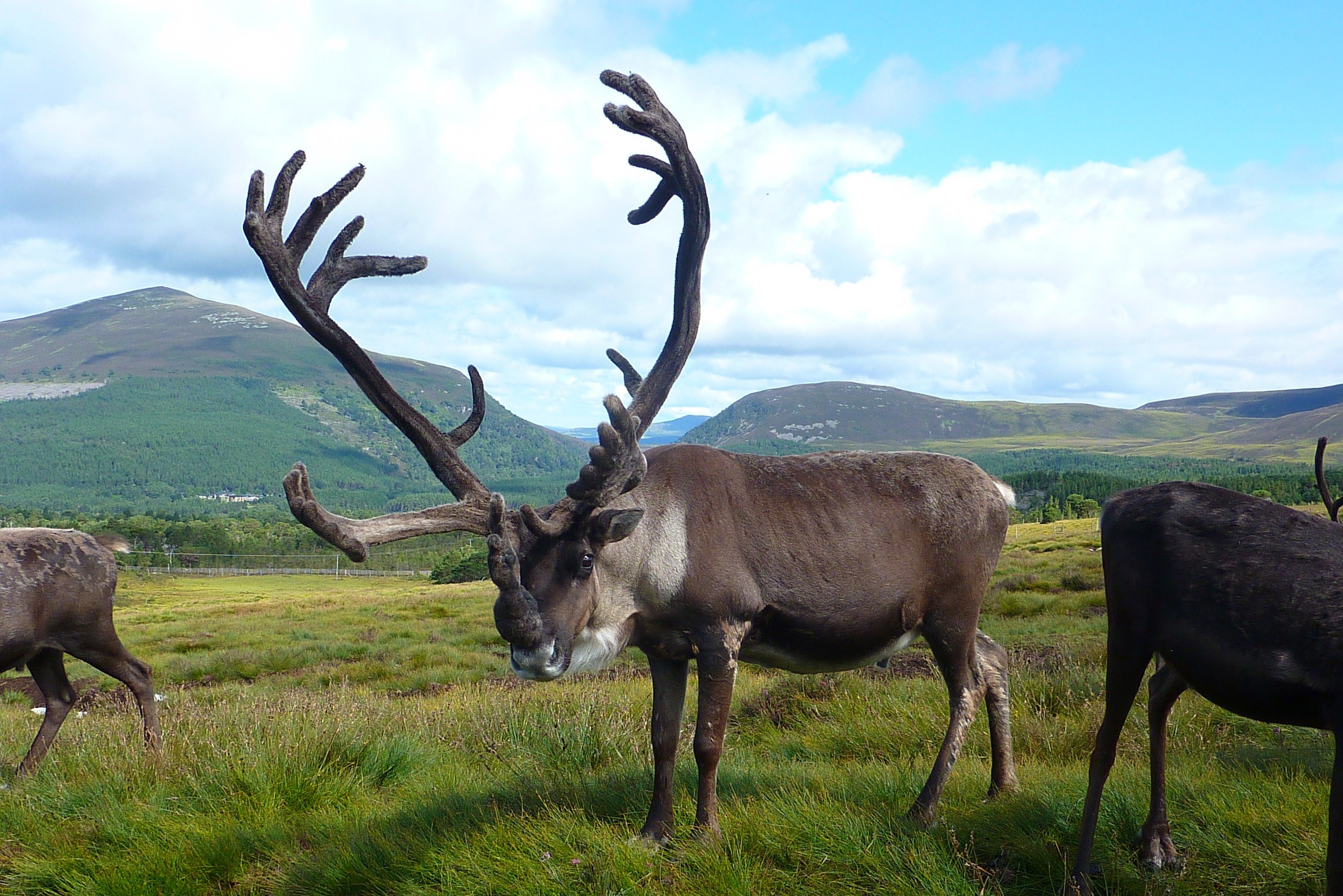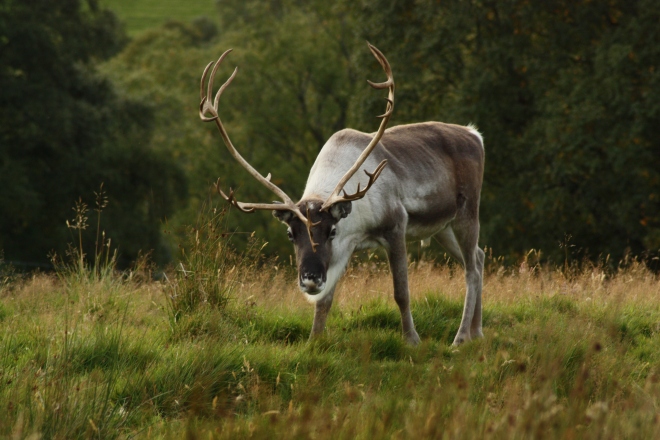A few weeks back we asked on social media for short stories from visitors about special memories of meeting the reindeer, or perhaps what the reindeer mean to them. When you work with them daily, it’s sometimes easy to forget just how special meeting them can be, and sometimes it’s good to be reminded of that! Here’s a few contributions, with more to follow in the future.
D’Cruz family – Wirral: As a family we have had many memorable treks (9!), but the one in 2015 was extra special. Our herder that year was Mel who had been hand rearing orphaned calf Fergus, so not only did we all get to lead our own reindeer but Fergus decided to join us too. He just trotted along by our sides mingling in and out of the other reindeer for the whole trek which made our memorable experience even more special and we even got to give him his bottle as we rejoined the rest of the herd.

Rebecca – Oxfordshire: Deer and reindeer have always been my favourite animals. So, when I discovered the Cairngorm Reindeer Herd existed, I vowed to myself I would visit. A year and a half later, in August 2019, my wish came true! I arrived at the Centre nearly two hours early to make sure I got a place on the Hill Trip – and it was worth the wait! Definitely one of the most memorable aspects of my Scottish Highlands visit. (I have since adopted Origami the reindeer – looks like a return trip is inevitable…)

Clare – Kettering: My first proper Hill Trip was in April 2013 with Deborah. I enjoyed it so much that we went again in September 2013 and that’s when it all started! I met and then adopted Svalbard! After posting a photo on the Herd’s Facebook page, Carola commented, saying she adopted him too. We then became friends on FB which was lovely. Then through Carola I became friends with Candice after chatting about reindeer on FB too. Candice came up with the idea of having a ‘Group’ meet up in October 2014 and that’s when I met Michelle, Graham, Maggie, Steve, Beth, Brody, Gwenda and Gordon. Since then the gang has grown, Deborah joined in the fun and then we met Belinda and Martin too. It’s been great to meet up on various Hill Trips and events together and share our love for the reindeer. We have a really special friendship and it’s all thanks to the reindeer and herders.


Jessica – Ontario, Canada
Best day of my life! We stopped on the way to Skye to feed the Reindeer Herd. The hill was snowy, windy, we were soaking wet from head to toe, but it was GORGEOUS! None of it mattered. We had never met reindeer before and it was life changing. To feel so connected with nature and we felt a mutual respect between us and the Reindeer. It was beautiful and we will never forget the experience.


If you’d like to be involved in a future blog, please email/message us (FAO Hen) with your contribution of a small bit of text and preferably a photo too!
















